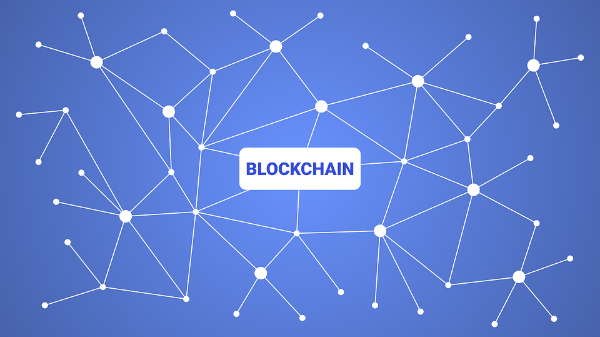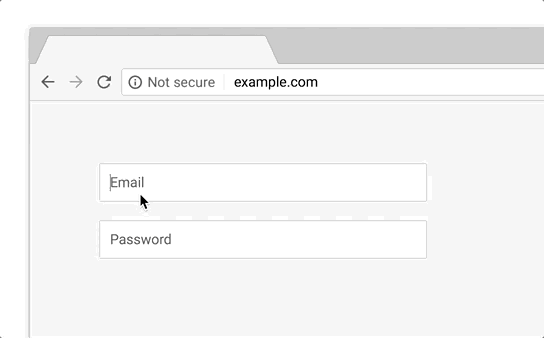 The argument that a college degree is or isn't the path to a job surfaces regularly. Many studies show that having a degree ultimately leads to greater earnings in a lifetime, and colleges love to see that research out there. But in the past few decades, you find more stories in the news about people succeeding in the workplace without degrees.
The argument that a college degree is or isn't the path to a job surfaces regularly. Many studies show that having a degree ultimately leads to greater earnings in a lifetime, and colleges love to see that research out there. But in the past few decades, you find more stories in the news about people succeeding in the workplace without degrees.
This year, I am seeing two trends: more vocational training in high schools, and companies not requiring degrees for some jobs that once did require a degree.
An article on wsj.com discusses the direct ties between some big companies and local high schools to prepare students for jobs. Volkswagen is working with schools in Tennessee to modernize their engineering programs. Tesla is partnering with Nevada schools on an advanced manufacturing curriculum. Fisheries in Louisiana have created courses for students to train for jobs in “sustainability.”
There have long been high school career education programs, and the U.S.. has had specialized vocational schools for a century, but this is a shift. The idea that not all students need a degree (and especially not a liberal-arts degree) in order to get a good job is gaining strength through relationships and changes with employers.
The outlier examples of the billionaires like Bill Gates and Mark Zuckerberg who never finished college are anomalies. Students - and parents - were not convinced that skipping college was the right path. When I was an undergrad back in the 1970s, we all knew that with good grades from a decent college in almost anything you could get some kind of job. I had art history friends who ended up in banking, education majors who went into publishing etc. It was an early enough time in computers that you could get in on the ground floor of that area without a degree. I knew people who got training in network administration at post-secondary vocational schools and did very well.
But there was also a time a bit later when if you wanted a job at Google you had better have a degree, and really a doctorate from Stanford. That is less true today.
The job-search site Glassdoor compiled a list of 15 top employers that have said they no longer require applicants to have a college degree that includes companies like Google, Apple and IBM.
These companies are not saying they don't want any college graduates and this doesn't apply to all their positions, but it does apply to many more than before. Passing on college degree requirements for some positions is probably a reaction in part to the tight labor market and mounting concerns surrounding student debt.
For example, Apple is considering and hiring people without degrees for positions such as Genius (in their stores), Design Verification Engineer, Engineering Project Manager, iPhone Buyer, Apple Technical Specialist, AppleCare at Home Team Manager, Apple TV Product Design Internship, Business Traveler Specialist, and Part Time Reseller Specialist.
Google lists these positions as open to non-graduates: Product Manager, Recruiter, Software Engineer, Product Marketing Manager, Research Scientist, Mechanical Engineer, Developer Relations Intern, UX Engineer, SAP Cloud Consultant, Administrative Business Partner.
Do these companies penalize someone with a computer science or marketing degree who applies? That would be foolish. But they do seriously consider people without degrees who would not have made the first round of interviews ten years ago.
Threats to the college degree in the past 30 years have been many: tuition costs, online learning, MOOCs, and OER have all been viewed as things that would take down the traditional degree and perhaps the traditional college itself. We would have Education 2.0 as we had Web 2.0. Still, students still apply, take courses, study, party, attend sporting events and graduate. But do they get jobs in their field of study? Sometimes. Do they discover when they get a job that much of those 120 credits seem to play no constructive role in their work? Sometimes.
 Blockchain is sometimes described as a secure public ledger. I wrote last year about blockchain and its possible uses on campus, but I have not seen evidence of its application on the campuses I have visited. Of course, it is possible it is being used behind the scenes since this is a technology that would not be evident to end-users.
Blockchain is sometimes described as a secure public ledger. I wrote last year about blockchain and its possible uses on campus, but I have not seen evidence of its application on the campuses I have visited. Of course, it is possible it is being used behind the scenes since this is a technology that would not be evident to end-users. The argument that a college degree is or isn't the path to a job surfaces regularly. Many studies show that having a degree ultimately leads to greater earnings in a lifetime, and colleges love to see that research out there. But in the past few decades, you find more stories in the news about people succeeding in the workplace without degrees.
The argument that a college degree is or isn't the path to a job surfaces regularly. Many studies show that having a degree ultimately leads to greater earnings in a lifetime, and colleges love to see that research out there. But in the past few decades, you find more stories in the news about people succeeding in the workplace without degrees. In my previous post, I wrote about andragogy, the theories behind adult learning. Today, I'm writing about what might seem like an extension of andragogy, especially when dealing with technology.
In my previous post, I wrote about andragogy, the theories behind adult learning. Today, I'm writing about what might seem like an extension of andragogy, especially when dealing with technology.

 Source:
Source: